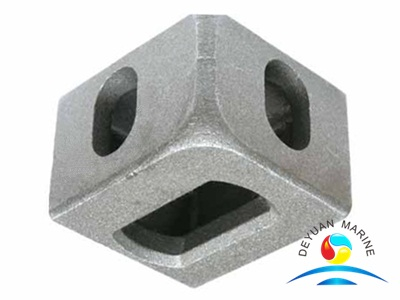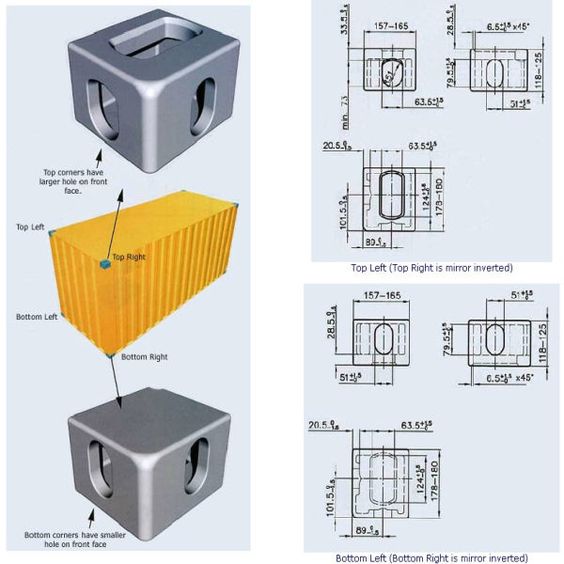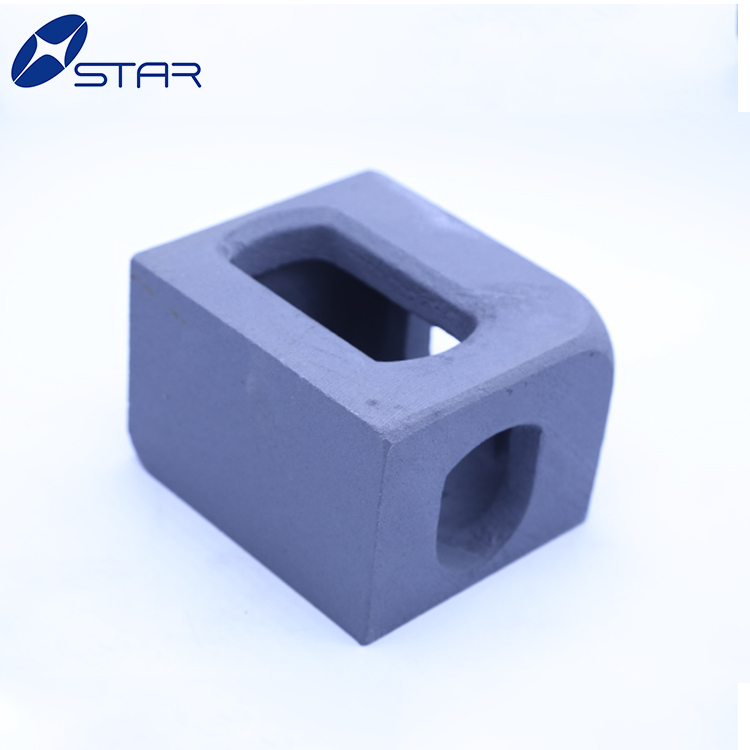

First and Second Digit: Length and Width/Height.

The first two digits are what is called the ‘size code’ and the second two digits are the ‘type code’.

Rather than having to use multi-word descriptions every time you need to refer to one, a code system was built to make things more efficient and uniform. Containers are identified by a 4-digit alphanumeric size and type code specified in ISO 6346. Even though you may only be familiar with a handful of container types and sizes, there are actually dozens of possible configurations. We mentioned above that ISO 6346 covers the classification of containers, and you might be wondering what exactly that means. Pretty much everything you’ll actually need to know about containers, you can find on our website – for free! Container Classification They are written for professionals who build containers or parts that work with them, rather than the individual consumer. Most people will never need to delve deep into the standards anyway. However, your local library may be able to grant electronic access. Unfortunately, you must purchase a copy of the ISO standards in order to access them.

The shipping container ecosystem is governed by requirements that determine almost everything about them. Containers made at different times, by different companies, in different places can still fit together perfectly. The true genius shown by the invention of shipping containers is their standardization.


 0 kommentar(er)
0 kommentar(er)
